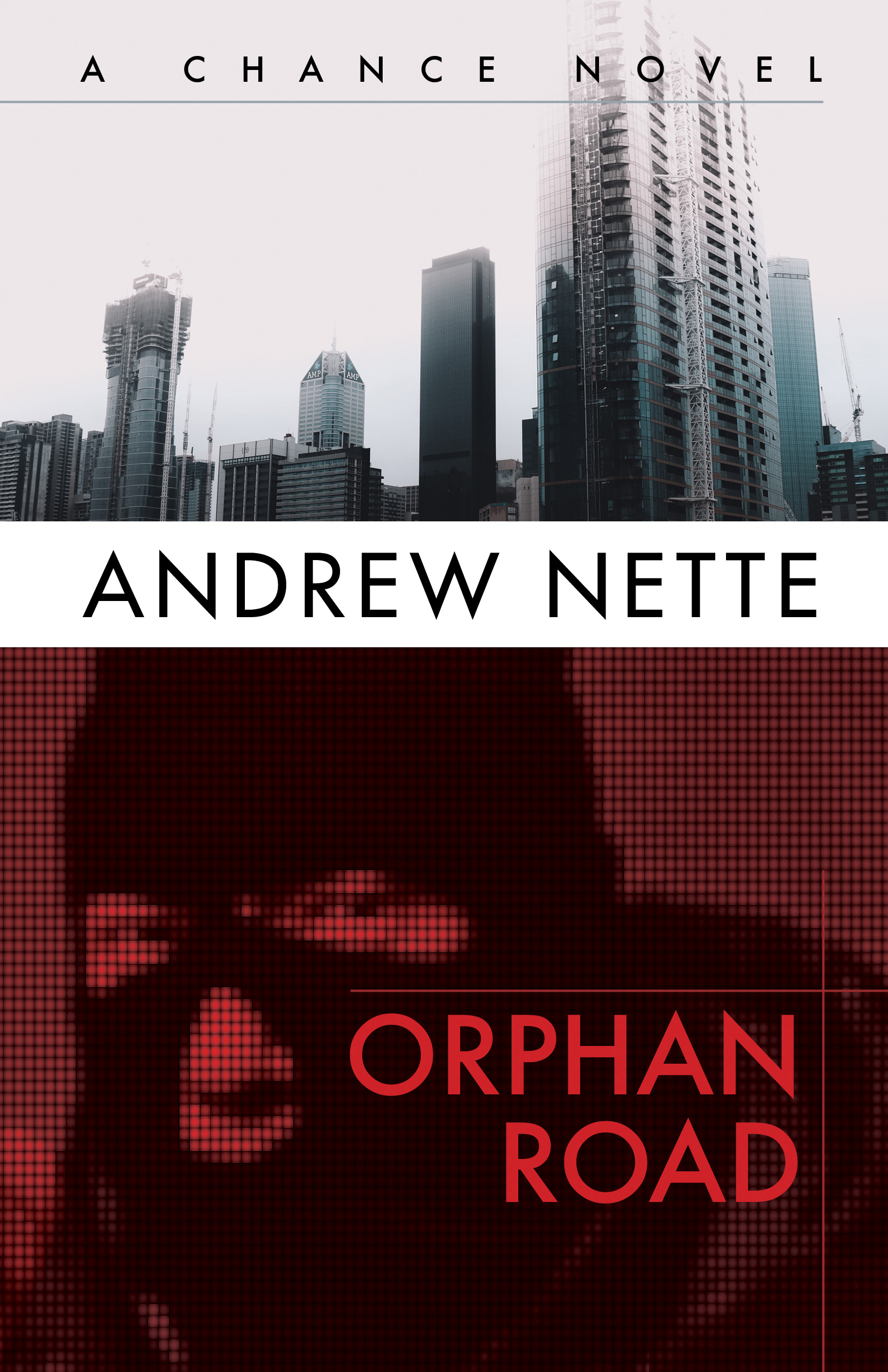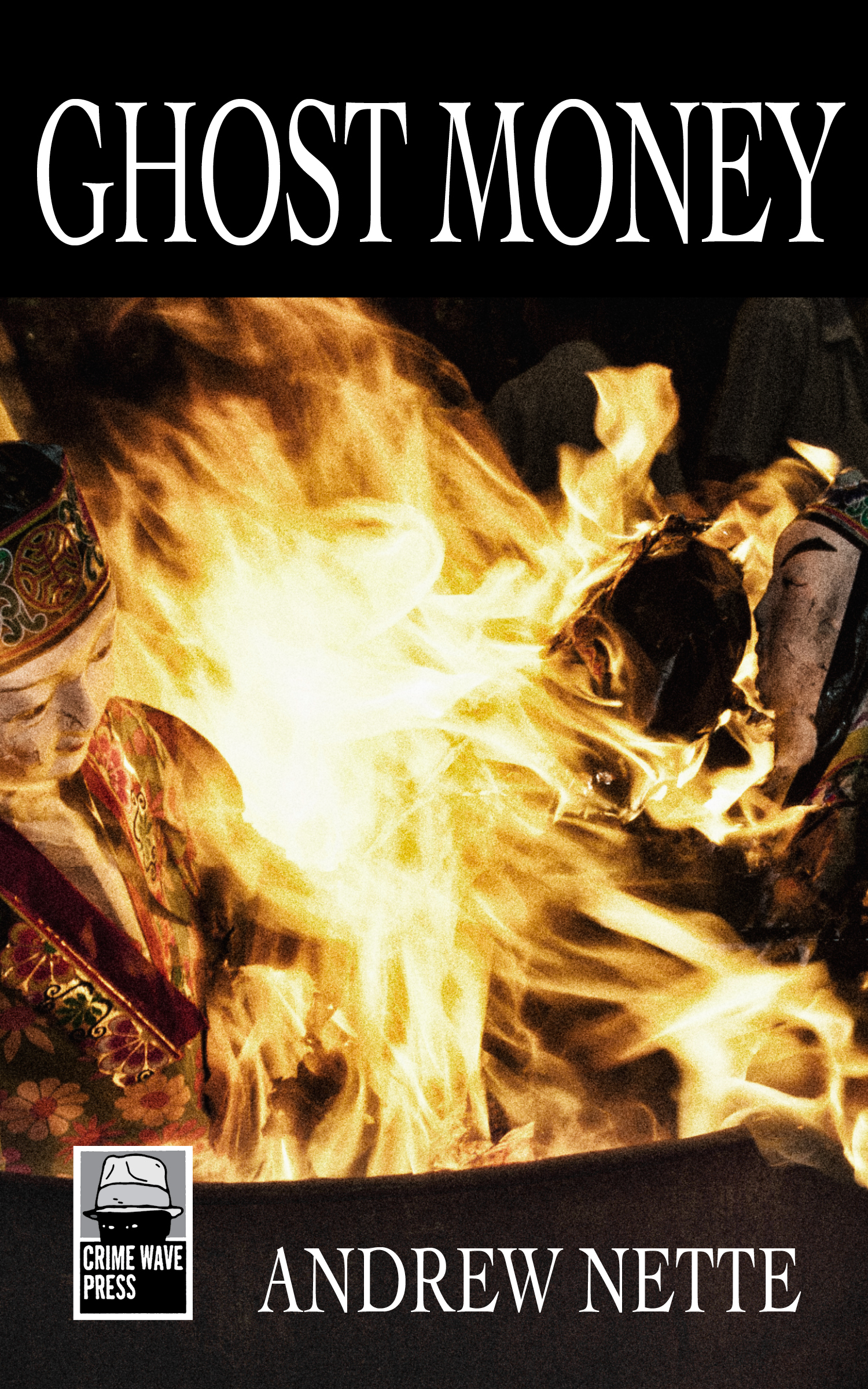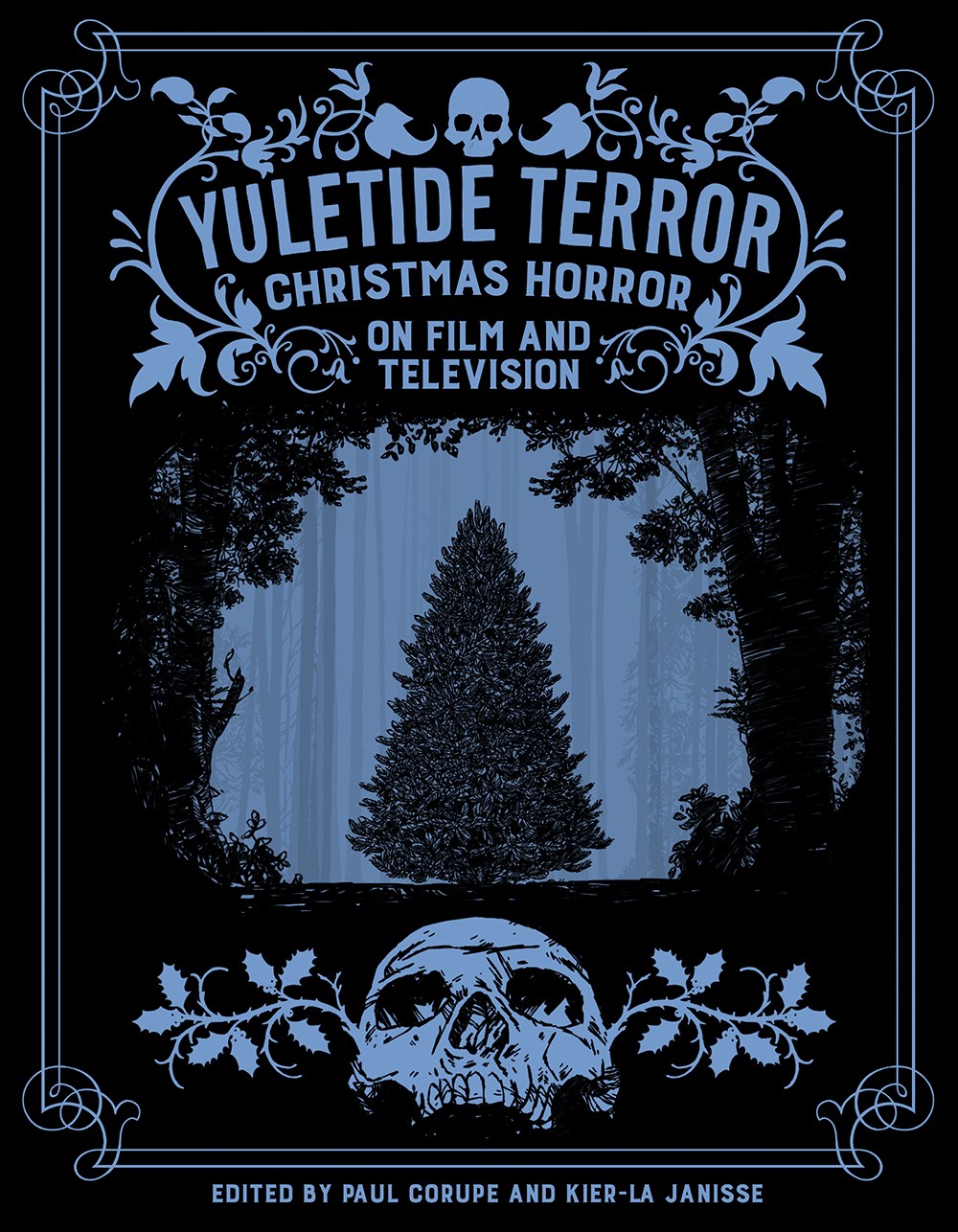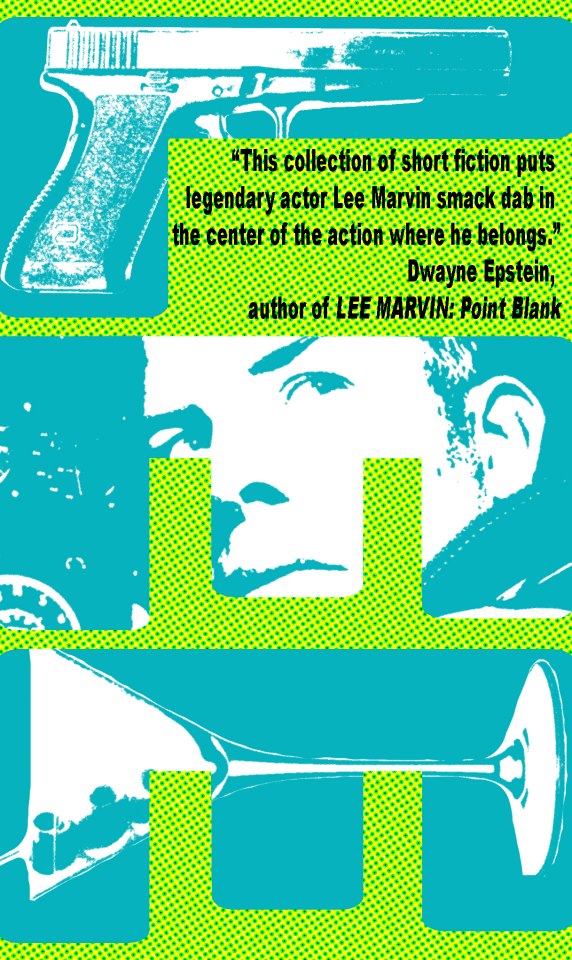Search
-
Recent Posts
- Dishing up Pulp Curry in a new way: why I am starting a Substack newsletter
- Book reviews: Deadly dames, midcentury Brit pulp and 1970s science fiction
- Mackenna’s Gold (1969): Gold, Ghosts and Frontier Violence
- Orphan Road book launch
- Orphan Road now available
- Pre-orders open for my new novel, Orphan Road
- Cover reveal: Orphan Road, my follow up to Gunshine State
- Breakfast in the Ruins podcast: New English Library Bikermania
- Why 1973 was the year Sidney Lumet took on police corruption
- Men’s Adventure Quarterly: Gang Girls issue
Categories
- 1960s American crime films
- 1970s American crime films
- 1980s American crime films
- 1990s American crime films
- Adrian McKinty
- Albert Dekker
- Andre De Toth
- Angela Savage
- Angie Dickinson
- Anthony Zerbe
- Asian noir
- Australian crime fiction
- Australian crime film
- Australian noir
- Australian popular culture
- Australian pulp fiction
- Australian television history
- Ava Gardner
- Beat culture
- Belmont Tower Books
- Ben Wheatley
- Billie Whitelaw
- Black pulp fiction
- Blaxsploitation
- Book cover design
- Book Reviews
- British crime cinema
- British pulp fiction
- Bryan Brown
- Burt Lancaster
- Carter Brown
- Charles Durning
- Charles Willeford
- Chester Himes
- Christopher G Moore
- Christopher Lee
- Cinema culture
- Claude Atkins
- Coronet Books
- Crawford Productions
- Crime Factory
- Crime Factory Publications
- Crime fiction
- Crime fiction and film from Africa
- Crime fiction and film from Cambodia
- Crime fiction and film from China
- Crime fiction and film from India
- Crime fiction and film from Indonesia
- Crime fiction and film from Japan
- Crime fiction and film from Laos
- Crime fiction and film from Latin and Central America
- Crime fiction and film from Malaysia
- Crime fiction and film from New Zealand
- Crime fiction and film from Scandinavia
- Crime fiction and film from Singapore
- Crime fiction and film from South Korea
- Crime fiction and film from Thailand
- Crime fiction and film from the Philippines
- Crime Fiction and film set in Vietnam
- Crime film
- Dangerous Visions and New Worlds Radical Science Fiction 1950 to 1985
- David Goodis
- David Peace
- David Whish-Wilson
- Derek Raymond
- Diana Dors
- Dirk Bogarde
- Don Siegel
- Don Winslow
- Donald Westlake aka Richard Stark
- Dystopian cinema
- Ernest Borgnine
- Eurocrime
- Fawcett Gold Medal Books
- Femme fatale
- Fernando Di Leo
- Filipino genre films
- Film Noir
- Forgotten Melbourne
- French cinema
- French crime fiction
- Garry Disher
- Gene Hackman
- George V Higgins
- Georges Simenon
- Ghost Money
- Giallo cinema
- Gil Brewer
- Girl Gangs, Biker Boys and Real Cool Cats: Pulp Fiction & Youth Culture, 1950-1980
- Gloria Grahame
- Gold Star Publications
- Gregory Peck
- Gunshine State
- Heist films
- Horror
- Horwitz Publications
- Humphrey Bogart
- Ian Fleming
- Interviews
- Ira Levin
- James Caan
- James Crumley
- James Ellroy
- James Hadley Chase
- James Woods
- Jim Brown
- Jim Thompson
- Joel Edgerton
- John Frankenheimer
- Joseph Losey
- Karen Black
- Kerry Greenwood
- Kinji Fukasaku
- Larry Kent
- Laura Elizabeth Woolett
- Lee Marvin
- Leigh Redhead
- Lindy Cameron
- M Emmet Walsh
- Mad Max
- Mafia
- Malla Nunn
- Martin Limon
- Megan Abbott
- Melbourne International Film Festival
- Melbourne Writers Festival
- Men's Adventure Magazines
- Michael Caine
- Michael Fassbender
- Mickey Spillane
- Monarch Books
- Ned Kelly Awards
- Neo Noir
- New English Library
- Newton Thornburg
- Noir Con
- Noir fiction
- Non-crime reviews
- Oren Moverman
- Orphan Road
- Ozsploitation
- Pan Books
- Parker
- Paul Newman
- Peter Boyle
- Peter Corris
- Peter Strickland
- Peter Yates
- Poliziotteschi
- Pulp fiction
- Pulp fiction in the 70s and 80s
- Pulp fiction set in Asia
- Pulp Friday
- Pulp paperback cover art
- Qui Xiaolong
- Raymond Chandler
- Richard Burton
- Richard Conte
- Robert Aldrich
- Robert Mitchum
- Robert Ryan
- Robert Stone
- Rock Hudson
- Roger Smith
- Rollerball
- Rosaleen Norton
- Roy Scheider
- Rural noir
- Sam Levene
- Sam Peckinpah
- Samuel Fuller
- Science fiction and fantasy
- Scripts Publications
- Sidney Lumet
- Sidney Poitier
- Simon Harvester
- Snowtown
- Snubnose Press
- Spies
- Stanley Baker
- Sterling Hayden
- Steve McQueen
- Sticking it the the Man Revolution and Counter Culture in Pulp and Popular Fiction 1950 1980
- Stuart Rosenberg
- Tandem Books
- Tart noir
- Tartan Noir
- Ted Lewis
- Toni Johnson Woods
- True crime
- Vicki Hendricks
- Victor Mature
- Vintage mug shots
- Vintage pulp paperback covers
- Wallace Stroby
- War film
- Westerns
- William Friedkin
- Woody Strode
- Yakuza films
- Yaphet Kotto
Nothing but noir
Recommended reading
The lurid world of pulp
- 20th century Danny Boy
- American Pulps
- Bear Alley
- Bloody, Spicy, Books
- Comics Down Under
- Everything second hand
- Existential Ennui
- Greenleaf Classic Books
- Irv O. Neil's Erotica is My Trade
- Killer Covers
- Lost Classics of Teen Lit 1939-1989
- Luminist Archives
- Men's Pulp Mags
- Mporcius Fiction Log
- Murder, Mayhem and Long Dogs
- Neglected Books
- Nocturnal Revelries
- Paperback Warrior
- Paperbacks of the Gods
- Pop Sensation
- Pulp artists
- Pulp Covers
- Pulp Crazy
- Pulp Flakes
- Pulp International
- Pulp Magazines Project
- Pulp Serenade
- Realms of the Night
- Romance Fiction Has a History
- Rough Edges
- Sin Street Sleaze
- Spy Guys and Gals
- The department of Afro American Research Arts & Culture
- The Dusty Bookcase
- The Haunted World of Richard Sala
- The Moon Lens
- The Nick Carter & Carter Brown Blog
- The Pulp & Paperback Fiction Reader
- Too Much Horror Fiction
- True Pulp Fiction
- Vault of Horror
- Vintage Nurse Romance Novels
- Vintage Romance Novels
- Welcome to the Pan Paperback
- Yellow and Creased
Support This Site
If you like what I do please support me on Ko-fi
Tag Archives: Abigail
The book about Australian TV’s most notorious address
 I have a lot of time for anyone who makes the effort to preserve and curate popular (and unpopular) culture of pretty much any kind. The latest example of this kind of work to cross my radar is a book which shares the same title as the hit seventies Australian soap opera that is its subject, Number 96.
I have a lot of time for anyone who makes the effort to preserve and curate popular (and unpopular) culture of pretty much any kind. The latest example of this kind of work to cross my radar is a book which shares the same title as the hit seventies Australian soap opera that is its subject, Number 96.
In the book’s introduction, Nigel Giles says he was eight years old when he started watching Number 96, two years after it made it sensational debut on ATVO (now known as Channel 10). I was the same age but, regrettably, my parents were not so permissive and deemed me too young to be allowed to watch the show. Nonetheless, it still registered on my pre-teen brain because of Abigail Rogan or ‘Abigail’ as she was universally referred to, who briefly played the show’s sultry blond bombshell, Bev Houghton. Thanks to the success of Number 96, Abigail would become one of Australia’s first sex symbols, starring in a raft of TV shows and movies.
Number 96 depicted the lives of the residents of a fictitious block of inner Sydney flats. It was the brainchild of two producers, expat American Bill Harmon and Don Cash, who was English born but had worked in the US.… Read more
Spirit of 96: the story behind Cash Harmon’s Number 96
 Australian readers who have followed my site for a while will be aware of my interest in 1970s Australian television, including the soap opera Number 96. Number 96, which I have previously written about here, depicted the lives of the residents of a fictitious block of inner Sydney flats. Debuting on March 13 1972, the racy content caused moral outrage on the part of religious groups. It was a huge success with audiences, however, who were keen to dive head first into the warm water of the increasingly sexually liberated early seventies.
Australian readers who have followed my site for a while will be aware of my interest in 1970s Australian television, including the soap opera Number 96. Number 96, which I have previously written about here, depicted the lives of the residents of a fictitious block of inner Sydney flats. Debuting on March 13 1972, the racy content caused moral outrage on the part of religious groups. It was a huge success with audiences, however, who were keen to dive head first into the warm water of the increasingly sexually liberated early seventies.
When I discovered Melbourne man Nigel Giles was compiling a oral history of the show and pitching for funds on Pozible to publish a book on the subject, I immediately thought it was something Pulp Curry readers would be interested in and might also wish to contribute to.
The book is titled Spirit of 96: the story behind Cash Harmon’s Number 96. You can find the page for Nigel’s Number 96 Pozible campaign here.
Below Nigel discusses why Number 96 was so controversial and successful, and how it deserves recognition as one of Australia’s most significant television shows.
In the 1970s there was one TV show that had the whole country talking. When the adults-only soapie Number 96 debuted on our screens in March 1972 it was hailed as the night Television lost its virginity!… Read more
Posted in Australian popular culture, Australian television history
Tagged 'The night Australian television lost its virginity', ‘Spirit of 96’, Abigail, Carlotta, Elisabeth Kirkby, Frank Thring, Mark Hartley, Number 96, Number 96: the Movie (1974), Robyn Ross, Sir Robert Helpmann, Spirit of 96: the story behind Cash Harmon’s Number 96, The Mavis Bramston Show
Pulp Friday: Number 96 paperback tie-ins
 Like the television show they were based on, today’s Pulp Friday offering, Number 96 paperback tie-ins, contain nudity, sex, free love, devil worship, infidelity and murder.
Like the television show they were based on, today’s Pulp Friday offering, Number 96 paperback tie-ins, contain nudity, sex, free love, devil worship, infidelity and murder.
The Australian TV soap opera Number 96 depicted the lives of the residents of a fictitious block of inner Sydney flats. These days it comes across as a cultural curio and a sleazy late night commercial TV reminder of early, pre-feminist, seventies. It was indeed those things, but also much more.
Number 96 debuted on March 13 1972, “The night Australian television lost its virginity”. There was moral outrage about the explicit nature of the show and protestors picketed Channel 0 (now the Ten Network) with placards demanding the station “ban this filth”.
It was a huge success with audiences, however, who were keen to dive head first into the warm water of the increasingly sexually liberated early seventies. The show resulted in a feature film and even had its own passenger train that transported the cast and crew from Sydney to Melbourne for the annual Logie awards (Australia’s equivalent of the Emmys). The train made stops at country towns along the way at which thousands turned out to see it.
The end titles always featured a shot of the exterior of the apartment block.… Read more



















